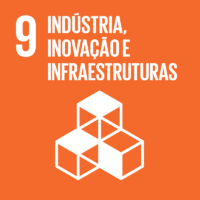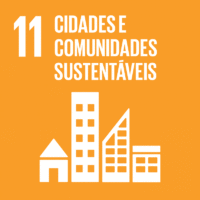Ciência-IUL
Publicações
Descrição Detalhada da Publicação
Spatial perception of landmarks assessed by objective tracking of people and space syntax techniques
11th International Space Syntax Symposium
Ano (publicação definitiva)
2017
Língua
Inglês
País
Portugal
Mais Informação
--
Web of Science®
Esta publicação não está indexada na Web of Science®
Scopus
Esta publicação não está indexada na Scopus
Google Scholar
Abstract/Resumo
This paper focuses on space perception and how visual cues, such as landmarks, may influence the way people move in a given space. Our main goal with this research is to compare people’s movement in the real world with their movement in a replicated virtual world and study how landmarks influence their choices when deciding among different paths. The studied area was a university campus and three spatial analysis techniques were used: space syntax; an analysis of a Real Environment (RE) experiment; and an analysis of a Virtual Reality (VR) environment replicating the real experiment. The outcome data was compared and analysed in terms of finding the similarities and differences, between the observed motion flows in both RE and VR and also with the flows predicted by space syntax analysis. We found a statistically significant positive correlation between the real and virtual experiments, considering the number of passages in each segment line and considering fixations and saccades at the identified landmarks (with higher visual Integration). A statistically significant positive correlation, was also found between both RE and VR and syntactic measures. The obtained data enabled us to conclude that: i) the level of visual importance of landmarks, given by visual integration, can be captured by eye tracking data ii) our virtual environment setup is able to simulate the real world, when performing experiments on spatial perception.
Agradecimentos/Acknowledgements
--
Palavras-chave
Virtual environments,Behaviour,Space Syntax,Eye tracking,Objective tracking
Classificação Fields of Science and Technology
- Ciências da Computação e da Informação - Ciências Naturais
- Engenharia Eletrotécnica, Eletrónica e Informática - Engenharia e Tecnologia
- Artes - Humanidades
Registos de financiamentos
| Referência de financiamento | Entidade Financiadora |
|---|---|
| 610986 | União Europeia |
| AAL 2014-076 | Organisation Life Assistant |
Contribuições para os Objetivos do Desenvolvimento Sustentável das Nações Unidas
Com o objetivo de aumentar a investigação direcionada para o cumprimento dos Objetivos do Desenvolvimento Sustentável para 2030 das Nações Unidas, é disponibilizada no Ciência-IUL a possibilidade de associação, quando aplicável, dos artigos científicos aos Objetivos do Desenvolvimento Sustentável. Estes são os Objetivos do Desenvolvimento Sustentável identificados pelo(s) autor(es) para esta publicação. Para uma informação detalhada dos Objetivos do Desenvolvimento Sustentável, clique aqui.

 English
English


